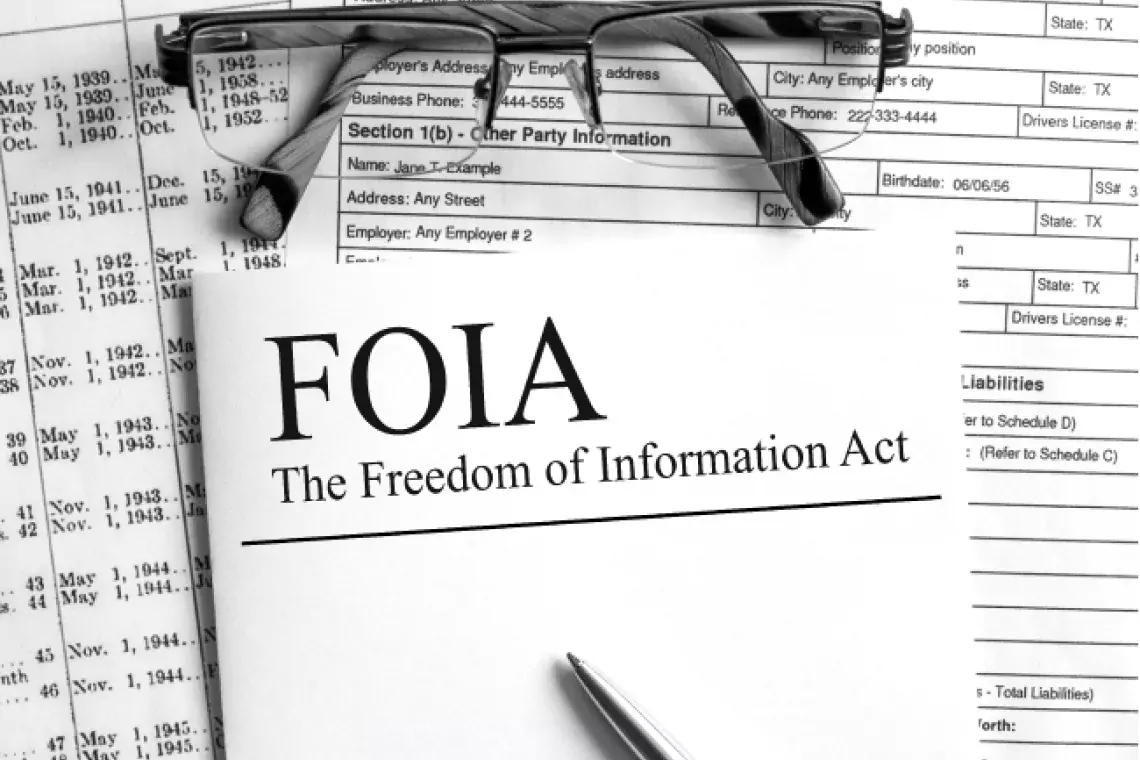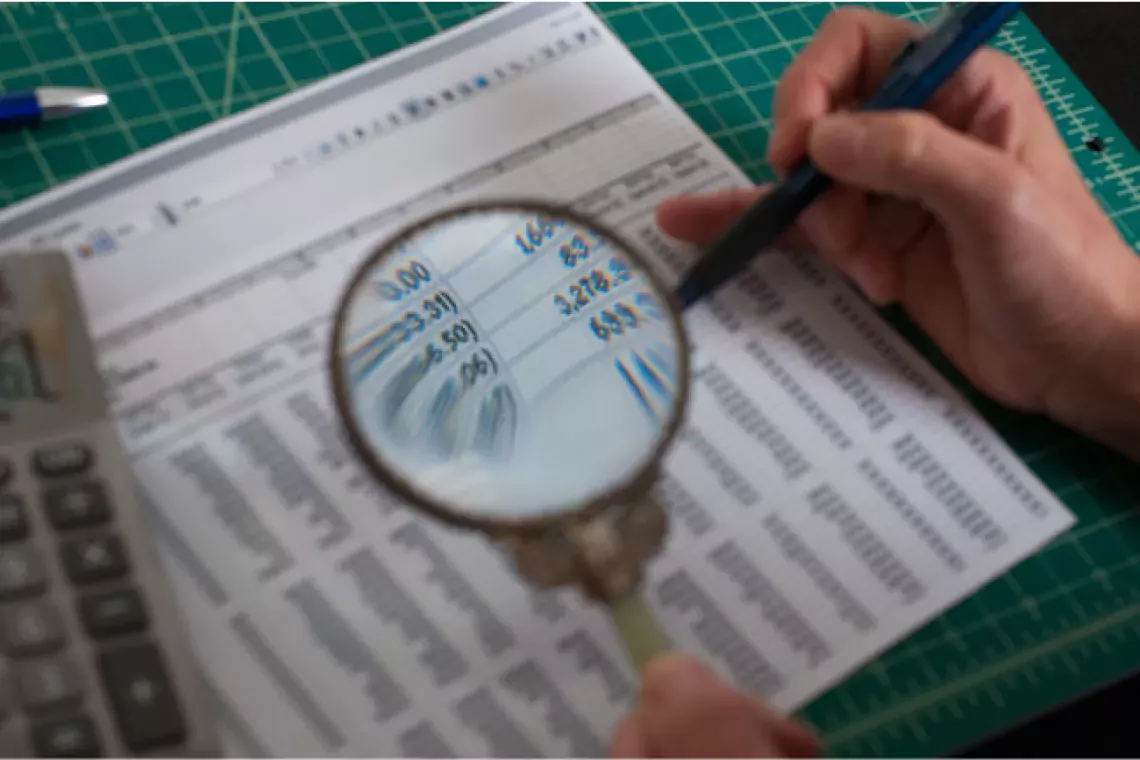Better Living through the Audit Process
GAO’s auditing process is rigorous, but the work literally pays off: in fiscal year 2013, we identified $51.5 billion in financial benefits as a result of our work—a return of about $100 for every $1 we spent.
How do we do this? We use a 5-phase audit process that helps ensure our accountability, integrity, and reliability.
The same process that auditors use, such as gathering evidence and analyzing the results, can be used in everyday life, too. Think of a life event like buying a car or planning a family vacation—some of our audit techniques could help you get through it.
Phase 1: Acceptance
What GAO Does: We review proposals for our work. We check for several things before we take on an audit, such as making sure the goals are within our mission, that we can get access to the needed data, and that it does not duplicate the work of Inspectors General or others in the audit community.
What You Could Do: Let’s say you’re thinking of looking for a new job. Before you start your search, be aware of what your mission and goals are, and consider if this is a good time for a change. Did you just start a new job or has it been years since you brushed up your resume?
Phase 2: Planning and Design
What GAO Does: We assign staff and make a plan that identifies the questions to answer and the information needed to answer them. If the questions in the original proposal are too broad to answer in a timely manner, we might limit the scope of what we examine. We also identify stakeholders and subject matter experts, and ask them whether our approach makes sense.
What You Could Do: Imagine your car suddenly dies. While circumstances demand that you go car shopping, you’re still in the driver’s seat. Make a plan for identifying the best car for you based on your budget and needs, then share your plan and get input on it from your stakeholders—such as family or friends.
Phase 3: Data Gathering and Analysis
What GAO Does: We follow the plan we set out in Phase 2, such as collecting data from relevant federal entities. Then we analyze what we collected to develop the “bottom line” of our findings and determine what we recommend.
What You Could Do: Put your stakeholder-approved plan in to action. Perhaps you’ve decided to buy a house, and you’ve already set goals with your spouse and talked to a lender. At this point, start collecting data on neighborhoods you might like, how much you can afford, and what has been the sale price of recent homes in the area. Then weigh your choices based on your plan and the facts.
Phase 4: Product Development and Distribution
What GAO Does: We publish what we found, making clear the evidence we collected and how we evaluated it so as to build transparent and convincing cases for any recommendations we make to address issues identified.
What You Could Do: You’ve analyzed your data and made your choice, now explain it to your stakeholders. Let’s say you’re convincing your family that this year’s vacation will be to the beach. If you can impartially present your choice based on all the facts, even those who prefer the mountains may be convinced.
Phase 5: Results
What GAO Does: As the last step, we monitor any recommendations we made as a result of our audit, determine whether the recommendations were implemented, and share progress publicly.
What You Could Do: Whether job hunting, vacation planning, or making a major purchase like a car or home, most decisions have measurable results. Track yours to keep you focused on your goals, and share the results with your friends and family. This can help keep you focused, and also help when it’s their turn to make some big decisions.
Comments on GAO’s WatchBlog? Contact blog@gao.gov.
GAO Contacts
Related Products

GAO's mission is to provide Congress with fact-based, nonpartisan information that can help improve federal government performance and ensure accountability for the benefit of the American people. GAO launched its WatchBlog in January, 2014, as part of its continuing effort to reach its audiences—Congress and the American people—where they are currently looking for information.
The blog format allows GAO to provide a little more context about its work than it can offer on its other social media platforms. Posts will tie GAO work to current events and the news; show how GAO’s work is affecting agencies or legislation; highlight reports, testimonies, and issue areas where GAO does work; and provide information about GAO itself, among other things.
Please send any feedback on GAO's WatchBlog to blog@gao.gov.




